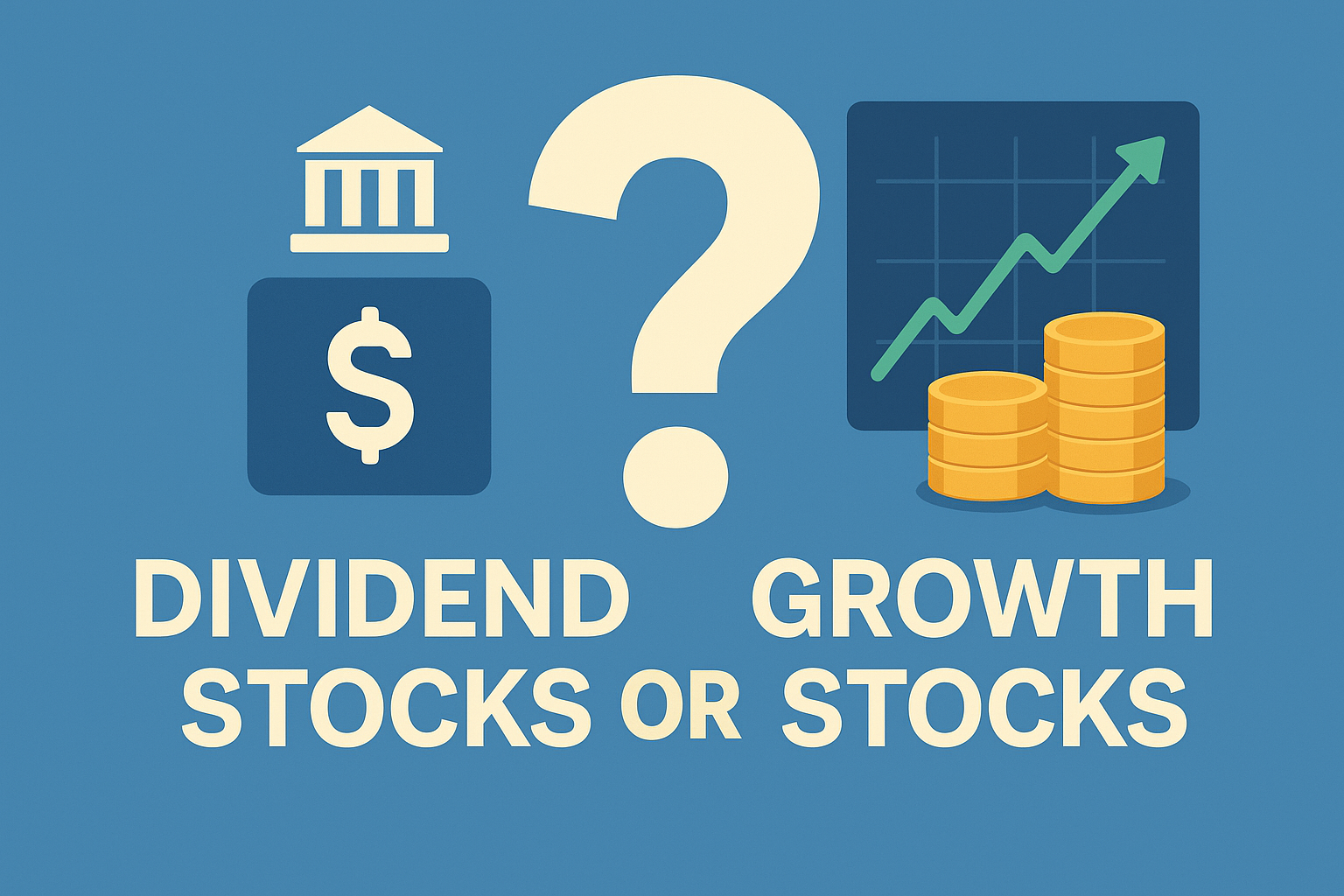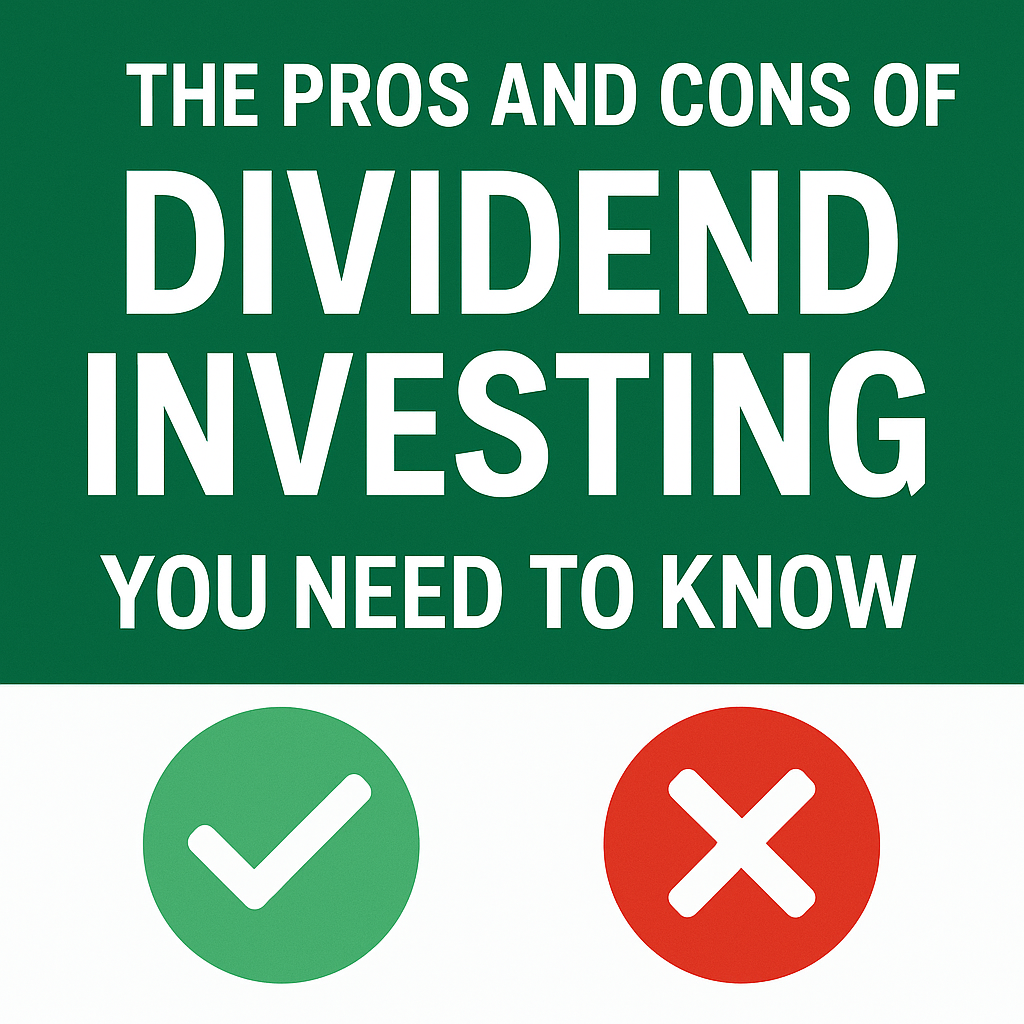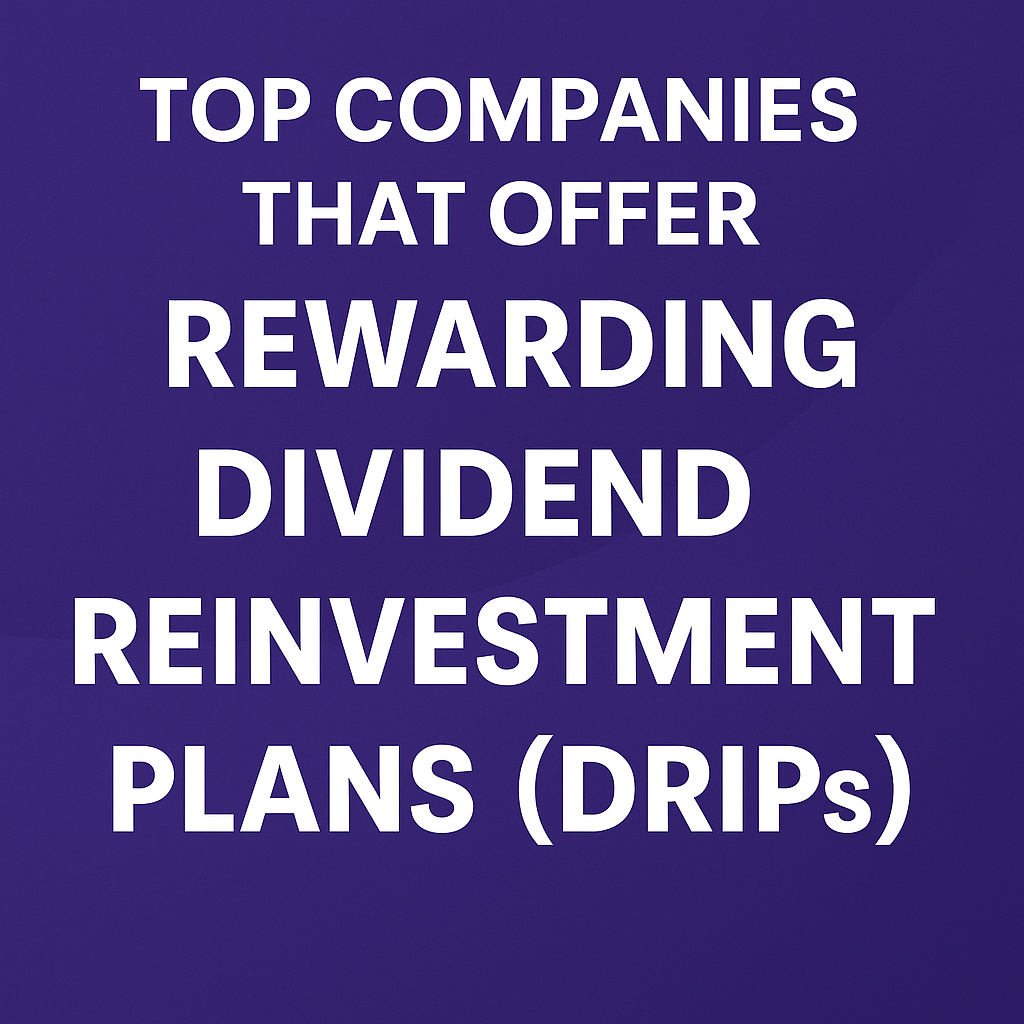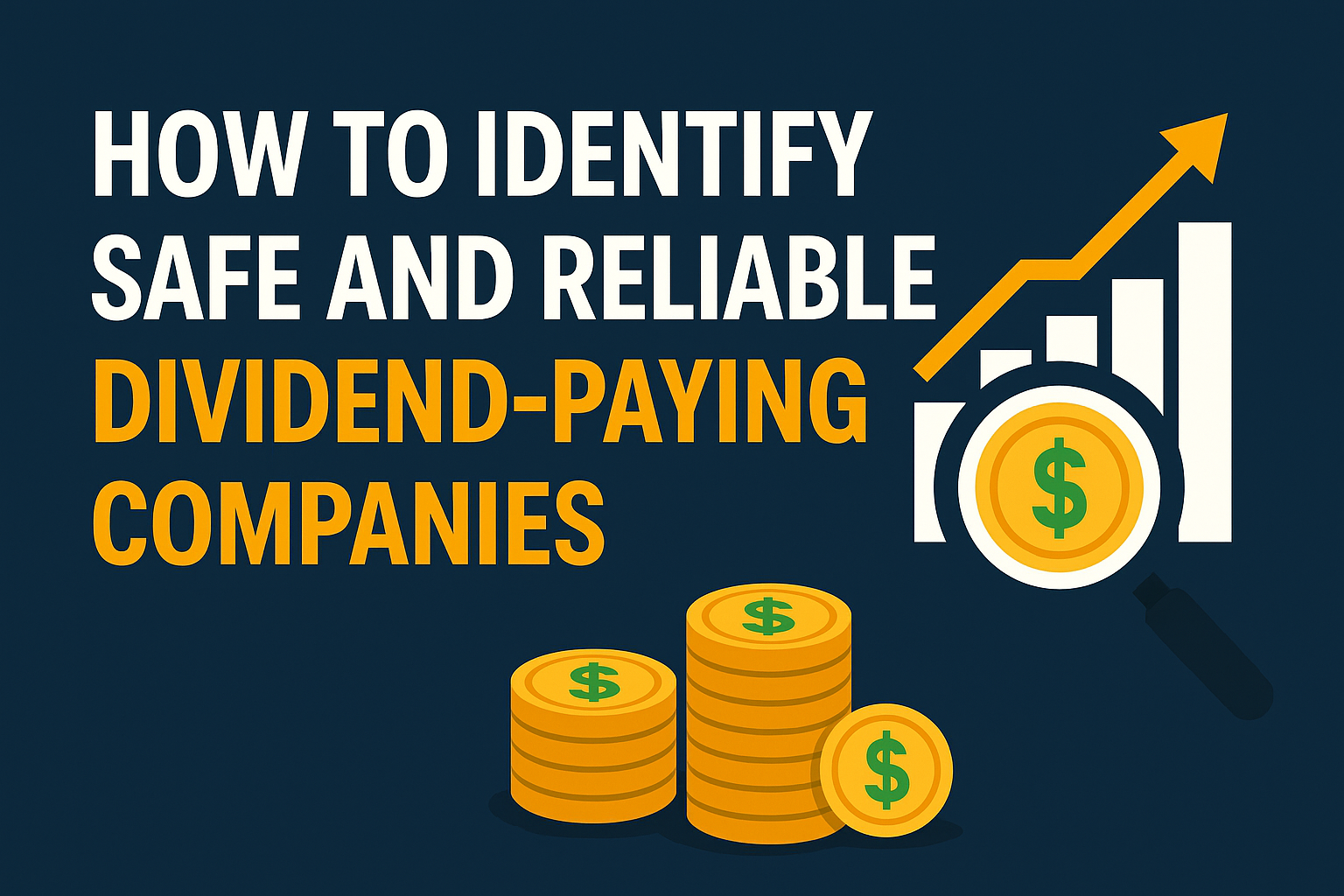Is It Better to Invest in Dividend Stocks or Growth Stocks? This is a common question for investors seeking to build wealth. Dividend stocks provide regular income through payouts, making them ideal for conservative investors or those seeking steady cash flow. On the other hand, growth stocks focus on capital appreciation, often reinvesting profits to fuel expansion, appealing to those aiming for long-term gains. Choosing between dividend and growth stocks depends on your financial goals, risk tolerance, and investment timeline. Understanding these differences helps you make informed decisions tailored to your unique investment strategy.
Wondering if dividend stocks or growth stocks are better for your portfolio? Discover key differences, benefits, and which suits your financial goals best
Table of Contents
When building an investment portfolio, one of the most common questions investors ask is: “Is it better to invest in dividend stocks or growth stocks?” While both types can help you grow your wealth, they serve different purposes and appeal to different kinds of investors.
In this in-depth guide, we’ll break down the differences between dividend stocks and growth stocks, analyze their pros and cons, and help you determine which is better aligned with your financial goals.
🧠 What Are Dividend Stocks?
Dividend stocks are shares of companies that regularly distribute a portion of their profits to shareholders in the form of dividends. These companies are usually well-established and have a proven track record of stable earnings.
Characteristics of Dividend Stocks:
- Consistent income via regular payouts (quarterly or annually)
- Typically found in sectors like utilities, consumer goods, and healthcare
- Less volatile during market downturns
- Example: Procter & Gamble (PG), Coca-Cola (KO), Johnson & Johnson (JNJ)
🚀 What Are Growth Stocks?
Growth stocks represent companies expected to grow at an above-average rate compared to the market. These companies typically reinvest profits into expanding their business instead of paying dividends.
Characteristics of Growth Stocks:
- No or low dividend payouts
- Higher potential for capital appreciation
- Often found in tech or innovation-driven industries
- Example: Amazon (AMZN), Tesla (TSLA), Nvidia (NVDA)
🔍 Dividend Stocks vs. Growth Stocks: Key Differences
| Feature | Dividend Stocks | Growth Stocks |
|---|---|---|
| Income Generation | Yes – regular dividends | No – focus on reinvestment |
| Volatility | Generally lower | Higher due to market sentiment |
| Risk Level | Conservative | Aggressive |
| Investor Appeal | Retirees, income-seekers | Young investors, long-term growth |
| Tax Implications | Taxable dividends (unless sheltered) | Capital gains taxed on sale |
| Reinvestment | Through DRIPs (Dividend Reinvestment Plans) | Reinvest via company growth |
📈 Pros and Cons of Dividend Stocks
✅ Pros:
- Steady Income: Ideal for retirees or anyone needing regular cash flow.
- Lower Risk: Blue-chip dividend payers tend to be more stable.
- Dividend Reinvestment: Reinvested dividends can significantly boost compounding.
- Resilience in Bear Markets: Often hold value better in downturns.
❌ Cons:
- Limited Growth: Dividend stocks may not appreciate as quickly as growth stocks.
- Dividend Cuts: Payouts can be reduced or suspended during economic stress.
- Taxable Income: Dividends may be taxed even if reinvested.
📊 Pros and Cons of Growth Stocks
✅ Pros:
- High Growth Potential: Significant capital gains if the company succeeds.
- Market Leadership: Often disrupt or lead their industries.
- Tax Efficiency: No taxes until shares are sold.
❌ Cons:
- No Regular Income: Not ideal if you rely on portfolio income.
- Higher Volatility: Prices can swing wildly based on news or earnings.
- Risk of Overvaluation: Growth stocks often trade at high price-to-earnings ratios.
💡 Which Is Better for You: Dividend Stocks or Growth Stocks?

Your investment choice between dividend stocks or growth stocks depends on a few core factors:
🎯 1. Your Financial Goals
- If you want passive income, dividend stocks are the way to go.
- If you’re focused on long-term wealth accumulation, growth stocks could offer better returns.
📅 2. Your Investment Timeline
- Short to medium-term horizon (5–10 years): Dividend stocks provide stability and income.
- Long-term horizon (10+ years): Growth stocks can outperform, especially if you can ride out volatility.
🧘 3. Risk Tolerance
- If you’re risk-averse, dividend-paying blue-chip stocks offer peace of mind.
- If you’re comfortable with volatility, growth stocks may yield higher returns over time.
🔀 Can You Combine Both in a Portfolio?
Absolutely. In fact, a balanced portfolio often includes both dividend and growth stocks.
📌 Sample Portfolio Allocation:
- Young Investor (Age 25–35):
80% Growth | 20% Dividend - Mid-Career Investor (Age 36–50):
60% Growth | 40% Dividend - Retiree or Pre-Retiree (Age 51+):
30% Growth | 70% Dividend
This blended strategy lets you enjoy the growth potential of tech and innovation stocks while generating income from stable dividend payers.
📚 Real-Life Example
Let’s compare two real-world stocks:
🟢 Apple Inc. (AAPL) – A hybrid stock
- Pays a modest dividend (~0.5%)
- Strong growth history
- Offers the best of both worlds
🔵 PepsiCo (PEP) – A classic dividend stock
- Dividend yield ~3%
- Low volatility
- Reliable income generator
If you had invested $10,000 in AAPL a decade ago, you’d have seen massive capital appreciation. The same amount in PEP would’ve grown more slowly but paid steady dividends along the way.
🧭 Conclusion: Dividend Stocks or Growth Stocks?
So, is it better to invest in dividend stocks or growth stocks? The best answer is: It depends on you.
If you value income, safety, and lower risk, dividend stocks are likely a better fit. If you’re focused on building wealth and can handle market swings, growth stocks may be more rewarding.
But the real power lies in diversification. A portfolio with both can help you:
- Reduce risk
- Balance income and appreciation
- Stay invested through market cycles
🔦 Final Thoughts: Your Strategy Matters Most
The right approach is not about choosing sides, but about aligning your portfolio with your goals.
Ask yourself:
- What’s my investment goal?
- When will I need this money?
- How much risk can I tolerate?
Once you know the answers, you’ll know whether dividend stocks or growth stocks—or a smart mix of both—are right for you.
Dividend Stocks or Growth Stocks: Which Is Better for New Investors?
When you’re just starting your investment journey, deciding between dividend stocks or growth stocks can be overwhelming. Each offers distinct advantages—and the right choice depends on your personal financial goals and risk tolerance.
Dividend stocks are known for their ability to generate regular income. They’re typically offered by well-established companies that share profits with shareholders through consistent payouts. For new investors who want to see some return on their investment early on, dividend stocks can be a smart way to earn passive income and reinvest it for compounding growth.
Growth stocks, on the other hand, don’t usually pay dividends. Instead, these companies reinvest profits to fuel innovation and expansion. If you’re a long-term investor who’s comfortable with risk and volatility, growth stocks may offer higher potential returns. They’re ideal for those who are more interested in capital appreciation than immediate income.
So, which is better—dividend stocks or growth stocks?
The best answer might be a blend of both. By combining dividend-paying companies with high-growth opportunities, new investors can benefit from steady income while also capturing long-term gains. This diversified strategy can smooth out the risks and help you grow wealth more consistently over time.
No matter which you choose, the key is to start early, invest consistently, and align your choices with your goals. Whether you’re building for retirement, saving for a major purchase, or just learning the ropes, understanding the difference between dividend and growth stocks is a fundamental step toward financial independence





